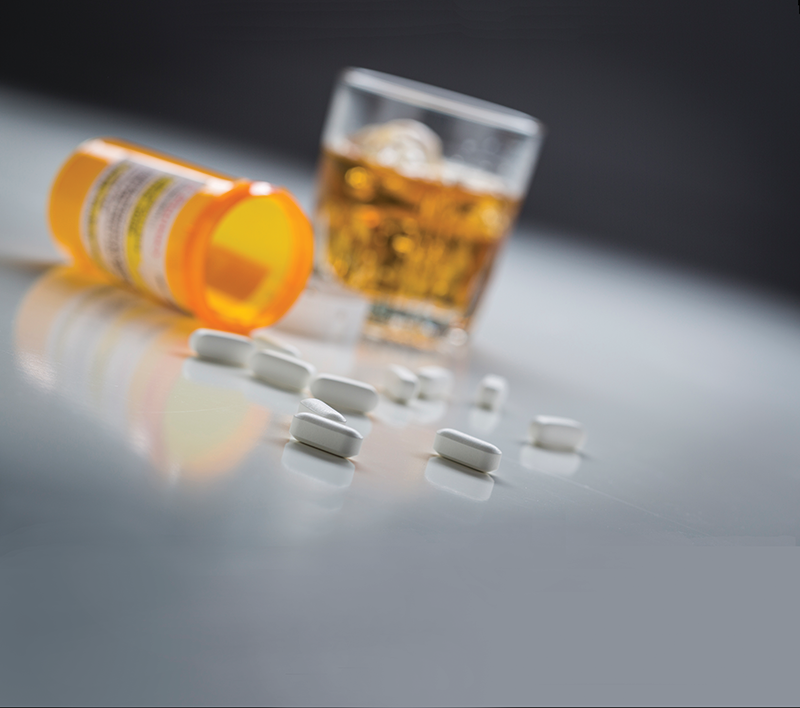
The Difference
In workplace safety, the distinction between detecting substance use and identifying impairment is critical. While alcohol testing reliably measures on-the-job impairment, drug testing is less effective at determining real-time impairment, despite accurately detecting substance use. Traditional drug tests only show the presence of drugs, not their immediate impact on an individual’s cognitive or physical abilities. This creates a challenge for employers in safety-sensitive positions, where ensuring workers are not impaired during their shifts is essential.
Alcohol impairment is closely linked to blood alcohol concentration (BAC). Breathalyzers can provide real-time data on impairment levels, allowing employers to take immediate action if an employee is unfit for duty. The rapid metabolism of alcohol means that testing reflects recent consumption and impairment in a relatively clear manner.
Most standard drug tests, like urine and oral fluid tests, can detect substances such as THC, opioids, or stimulants, but they don’t measure current impairment. This is a significant challenge because substances can linger in the body long after their effects have worn off.
Why Measuring Impairment Matters
The key difference between alcohol and drug testing lies in the ability to detect real-time impairment. With alcohol testing, such as a breathalyzer, the presence of alcohol in the system at a specific Blood Alcohol Concentration (BAC) directly correlates to impairment at the time of the test. For example, if a breath test reveals a BAC of 0.08%, the individual is considered impaired at that moment, offering a clear and immediate measure of intoxication.
In contrast, drug testing does not provide real-time impairment detection. Drug tests, such as urine or oral fluid tests, can only detect the presence of substances like THC (from marijuana) but cannot determine whether the person is currently impaired. For instance, THC can remain detectable in the body for days, weeks, or even months after use, depending on the test method (urine, oral fluid, or hair). This poses a challenge for employers, especially in states where marijuana is legal for medical or recreational use, as they must navigate between maintaining a drug-free workplace and respecting legal use outside of work hours. Despite the presence of a drug in the system, impairment might no longer exist, making it hard for employers to discern current impairment from past usage.
The Path Forward
With advancements in technology, tools like impairment detection software are emerging to measure real-time effects of substances, such as reaction time, decision-making, balance and coordination. These tools are more aligned with alcohol testing’s approach to evaluating whether someone is currently impaired.
By addressing the limitations of traditional drug testing and focusing on impairment, employers can enhance workplace safety while respecting employee privacy and off-duty activities. By pairing traditional drug testing with impairment detection technology, employers can create a stronger drug and alcohol testing program, offering a more accurate picture of a worker’s current fitness for duty while also respecting off-duty activities. This combination empowers employers to accurately assess real-time impairment and ensure safer work environments.
For more information on the distinction between impairment and detection, and how new technologies are enhancing workplace safety, feel free to contact us or visit our website. Thanks for reading and stay tuned for our next update!